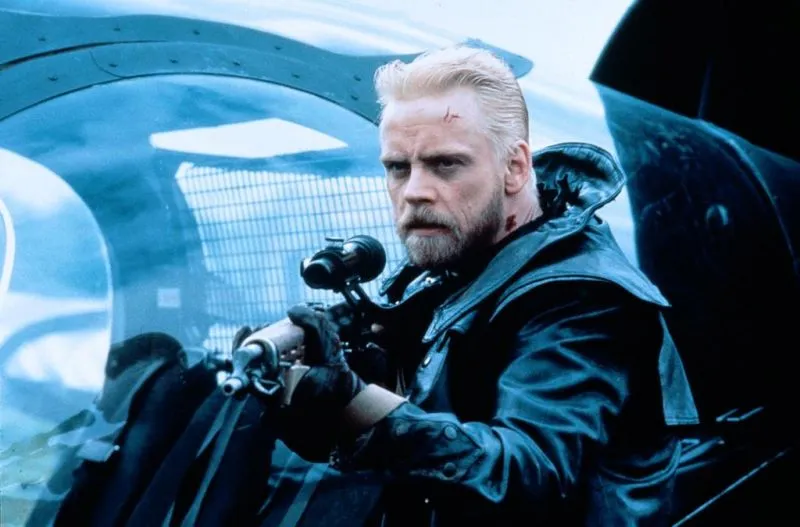Not all science fiction films are blockbusters. Some of the very best sci-fi films are smaller, independent movies made by first-time directors. In fact, many filmmakers have done some of their best work early in their careers and on a shoestring budget.
For these sci-fi movies, it is more about the concept, story, and themes than the special effects and action. Despite the lower budget, these films are worth seeking out. You may be surprised at the hidden gems that are out there waiting to be discovered.
The City of Lost Children (1995)
An international co-production from French directors Marc Caro and Jean-Pierre Jeunet, The City of Lost Children is a surreal experience that sticks with you long after the credits.
The film stars Ron Perlman as One, a circus strongman whose younger brother falls prey to an evil being who feeds on the dreams of children. The world is populated by a bizarre cast of characters including conjoined twins, a cyclops, a dwarf, and a disembodied brain housed in an elaborate tank. Featuring a steampunk aesthetic and incredible production design, Caro and Jeunet’s film explores the darker side of capitalism, exploitation of children, and loss of innocence.
Just as much sci-fi as it is a macabre fairytale, The City of Lost Children is one relatively obscure film that shouldn’t be missed.
“One & Miette” City Of Lost Children circa ’95. pic.twitter.com/R4HYfY1z0T
— Ron Perlman (@perlmutations) April 5, 2017
A Boy and His Dog (1975)
Based on a short story by Harlan Ellison, A Boy and His Dog follows a teenage boy named Vic (a young Don Johnson) and his telepathic dog Blood. They travel the post-apocalyptic wasteland of Southwestern United States in search of food and, in the titular boy’s case, sex.
Taking a much more twisted approach to the post-apocalyptic narrative, A Boy and His Dog is deeply unsettling. First of all, Vis is an unlikeable lead character whose morals and ethics have been stripped away in the wake of the nuclear holocaust. Plus, it’s never made clear whether Blood is actually telepathic or if Vic is just hallucinating that he can talk.
If you can handle the rampant misogyny, there’s much to appreciate about A Boy and His Dog.
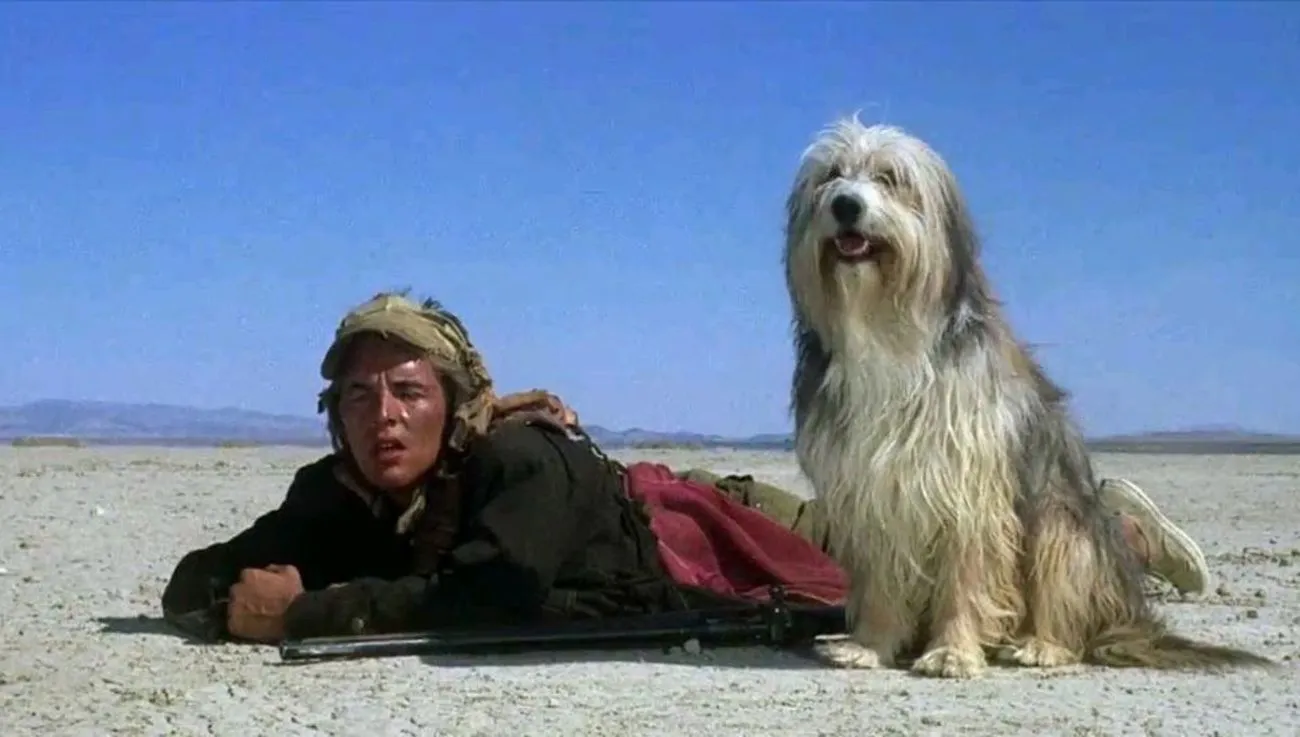 Source: Screenshot via LQ/Jaf Productions
Source: Screenshot via LQ/Jaf ProductionsStrange Days (1995)
Kathryn Bigelow wouldn’t reach the ranks of A-list director until her 2009 Iraq War drama The Hurt Locker won her a Best Picture Academy Award. Despite being relatively unknown before then, she had been quietly building an impressive filmography for decades prior.
Featuring a script co-written by Bigelow’s ex-husband James Cameron, 1995’s Strange Days is a sci-fi thriller with film noir elements. It focuses on a futuristic virtual reality system that allows users to experience life as other people. However, that system comes with some dark consequences, including the introduction of new types of crime.
Strange Days can be read as a commentary on Los Angeles in the 1990s, a decade that saw a rise in police brutality and racism. Featuring stellar lead performances from Ralph Fiennes and Angela Bassett, Strange Days‘ themes arguably resonate just as powerfully today as they did more than two decades ago. For that alone, it’s a must-watch for any sci-fi fan.
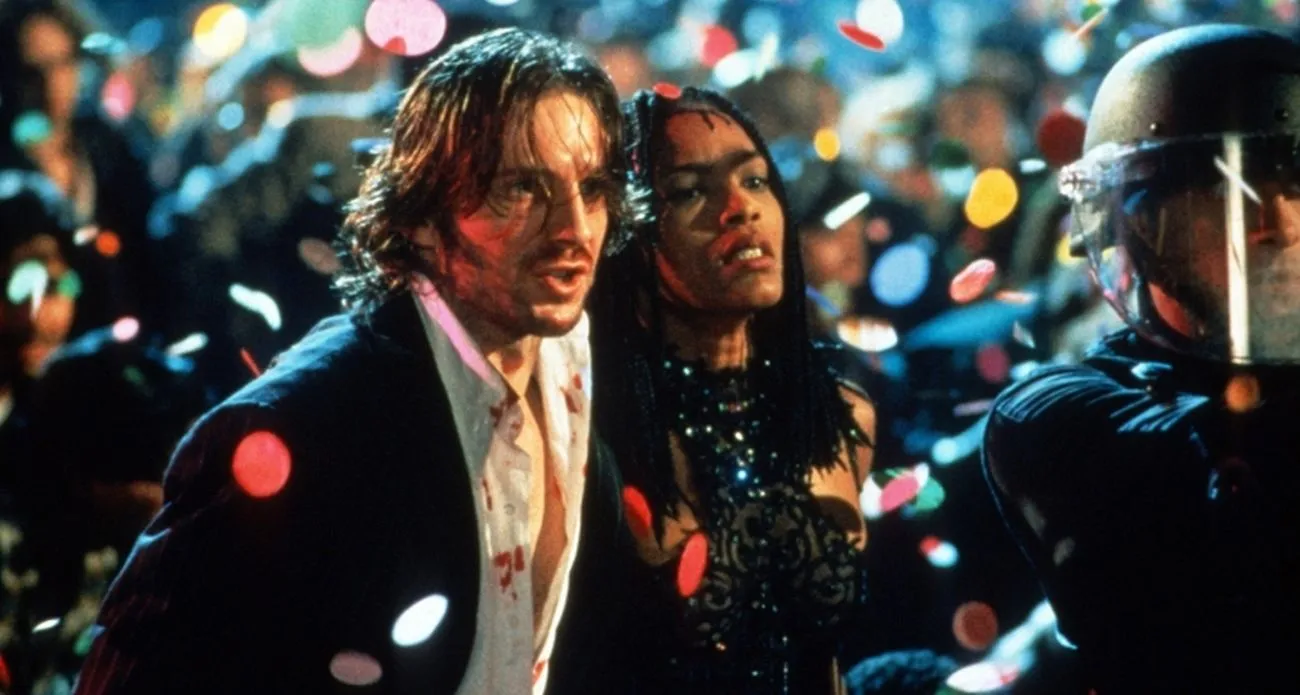 Source: Screenshot via Lightstorm Entertainment
Source: Screenshot via Lightstorm Entertainment2010: The Year We Make Contact (1984)
You’d have to be crazy to try and make a sequel to Stanley Kubrick’s genre-defining 2001: A Space Odyssey. However, it turns out someone not only had that idea but got it made too.
Released in 1984, 2010: The Year We Make Contact is an adaptation of author Arthur C. Clarke’s 2001 sequel, 2010: Odyssey Two. The big reason why 2010 is so often overlooked is that Kubrick had nothing to do with it. Instead, the film was directed by Peter Hyams, who deliberately went out of his way to try and make something that didn’t ape Kubrick’s filmmaking aesthetic.
Whereas 2001 is a highly sensory viewing experience, Hyams’ film has more of a traditional narrative that is easier to follow. He also stuffs his sequel with characters who feel human in a bid to create a more emotionally engaging film. Unfortunately for Hyams, this has helped make 2010 quite unpopular among fans of Kubrick’s film.
If you can set aside the legacy of 2001, there’s a lot to like about 2010, which is arguably a sci-fi classic in its own right.
 Source: Screenshot via Metro-Goldwyn-Mayer
Source: Screenshot via Metro-Goldwyn-MayerCube (1997)
As the Canadian Film Centre’s first feature film project, Cube follows a group of characters kidnapped and held a prisoner in a set of giant cube-shaped rooms. Featuring a cast of unknown actors, director Vincenzo Natali crafts a mysterious and horrifying viewing experience; one where you can never be quite sure who is going to be killed off next.
In a way, the Saw series owes a debt to Cube, . This Canadian horror film introduced the room trap concept years before the first Saw was released. Fortunately, Cube is much more than just torture porn.
A cult classic, Cube went onto spawn two sequels. Unfortunately, neither could live up to the original.
 Source: Screenshot via Trimark Pictures
Source: Screenshot via Trimark PicturesTime After Time (1979)
Nicholas Meyer is known for penning the screenplays to Star Trek II: The Wrath of Khan and Star Trek IV: The Voyage Home. Before these successes, Meyer made his directing debut in 1979 with Time After Time.
Time After Time is a smart and engaging time-travel film. It follows author H.G. Wells (Malcolm McDowell), who pursues Jack the Ripper (David Warner) to the 20th Century after the notorious killer steals the author’s time machine. Tracking Jack the Ripper to 1970s San Francisco, H.G. Wells falls for a bank teller named Amy (Mary Steenburgen), who turns out to be Jack’s next target.
While not having the largest budget, Time After Time is still a fun movie. One that easily stands the test of time.
 Source: Screenshot via Orion Pictures/Warner Bros.
Source: Screenshot via Orion Pictures/Warner Bros.Primer (2004)
Primer epitomizes what is meant by an “independent sci-fi film.” Made on a paltry budget of $7,000, the movie is about two scientists who build a time machine.
With no real budget for special effects to portray time travel, the movie instead focuses on something stranger, but far more believable. The two main characters, who are both engineers, decide to use the time machine to beat the stock market. Although they succeed at first, things eventually take a turn for the worse.
Made by first time director Shane Carruth, Primer is a smart and engaging movie. It succeeds in making the viewer forget that there are no special effects to speak of in this movie about time travel. Instead, we are left with a thought-provoking morality tale that’s the opposite of the dumbed-down, big-budget sci-fi films we mostly see in theaters today.
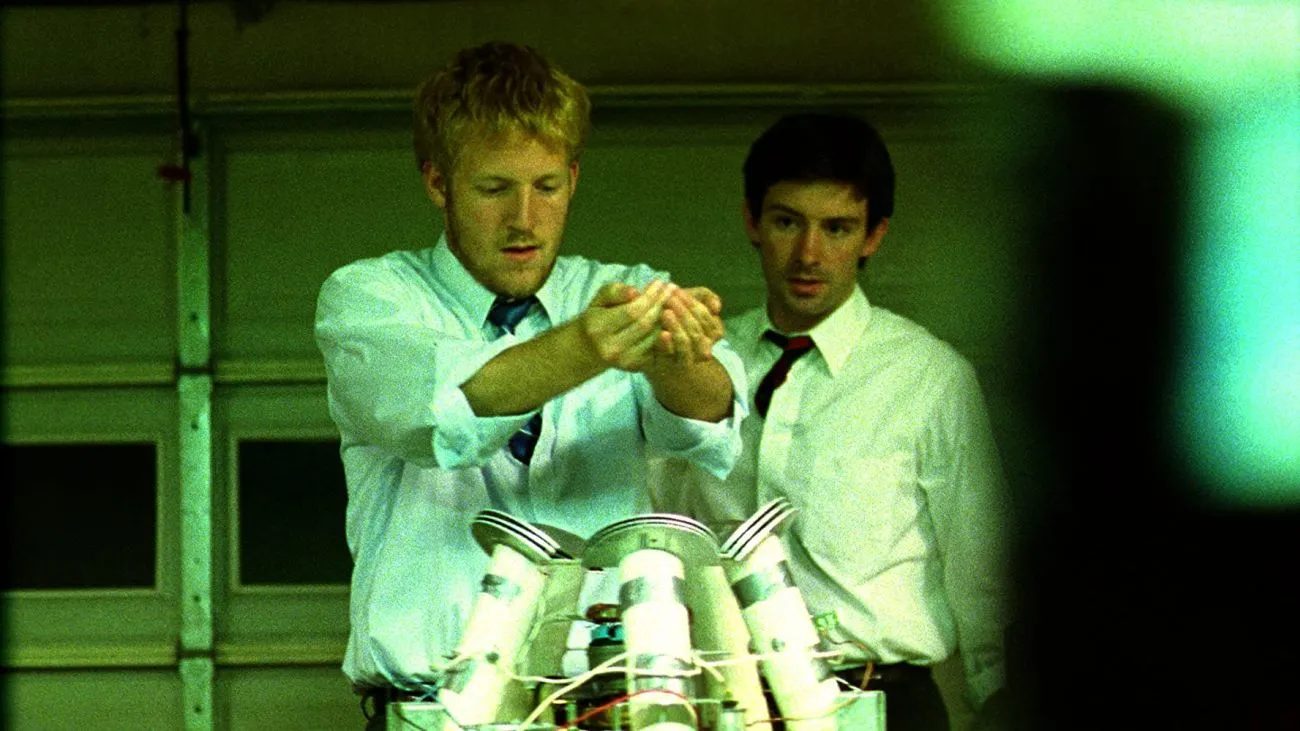 Source: Screenshot via THINKFilm/IFC Films
Source: Screenshot via THINKFilm/IFC FilmsSlipstream (1989)
Slipstream has it tough. It barely made release in 1989 and is extremely hard to find today. That’s a shame since it features two genre icons in actors Mark Hamill and Bill Paxton.
Mark Hamill plays futuristic bounty hunter Will Tasker. Tasker kidnaps a wanted murderer from the police so he can collect the bounty for himself. What follows is a grand chase across a world ravaged by nuclear war, where the dominant mode of transportation is riding gliders on giant winds known as the “Slipstream.”
Despite how difficult it is to find nowadays, Slipstream is well worth the effort.
Source: Screenshot via Entertainment Film
Stalker (1979)
Stalker was made by Andrei Tarkovsky, who famously directed the 1972 sci-fi classic Solaris. While Stalker is not quite in the same league as Solaris, it is still worth checking out. But be warned that Stalker is a strange movie that’s hard to follow on first viewing.
Stalker is set in a post-apocalyptic wasteland known as The Zone. A mutant child leads the main characters— simply known as the stalker and the writer — into the heart of the nuclear devastation in search of a mythical place known only as the Room. Anyone who enters the Room will supposedly have their earthly desires immediately fulfilled. As is typical of dystopian settings, a gradual disintegration begins before the eventual devastation and reality of the Room is revealed.
Intellectual sci-fi, you bet. But also dark and grim. Stalker is not for the faint of heart.
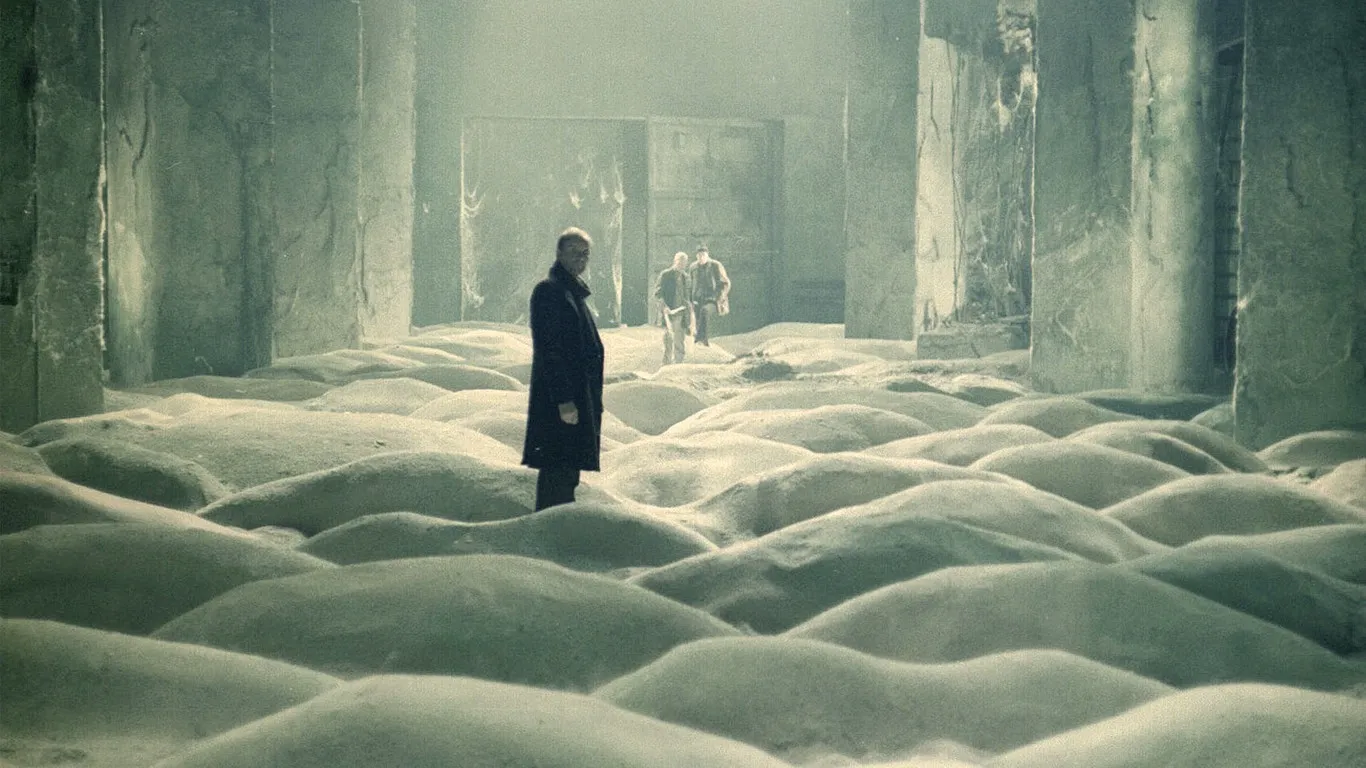 Source: Screenshot via Mosfilm
Source: Screenshot via MosfilmNo Blade of Grass (1970)
This thoughtful, low budget science fiction movie from 1970 remains relevant to this day.
No Blades of Grass is about a virus that attacks and destroys the world’s food supply. This event plunges humanity into anarchy as some turn to cannibalism. John Custance (Nigel Davenport) escapes London with his family and heads to the Scottish Highlands for safety. However, it turns into a fight for survival.
Amid the dystopian backdrop and violence, No Blades of Grass expresses anti-government sentiments and environmental concerns. There is even mention of the death of bees and their importance to the food chain — a problem we are facing in real life.
While the clothes, music, and style might seem dated today, No Blades of Grass contains a message that is as eerily relevant today as it was back in 1970.
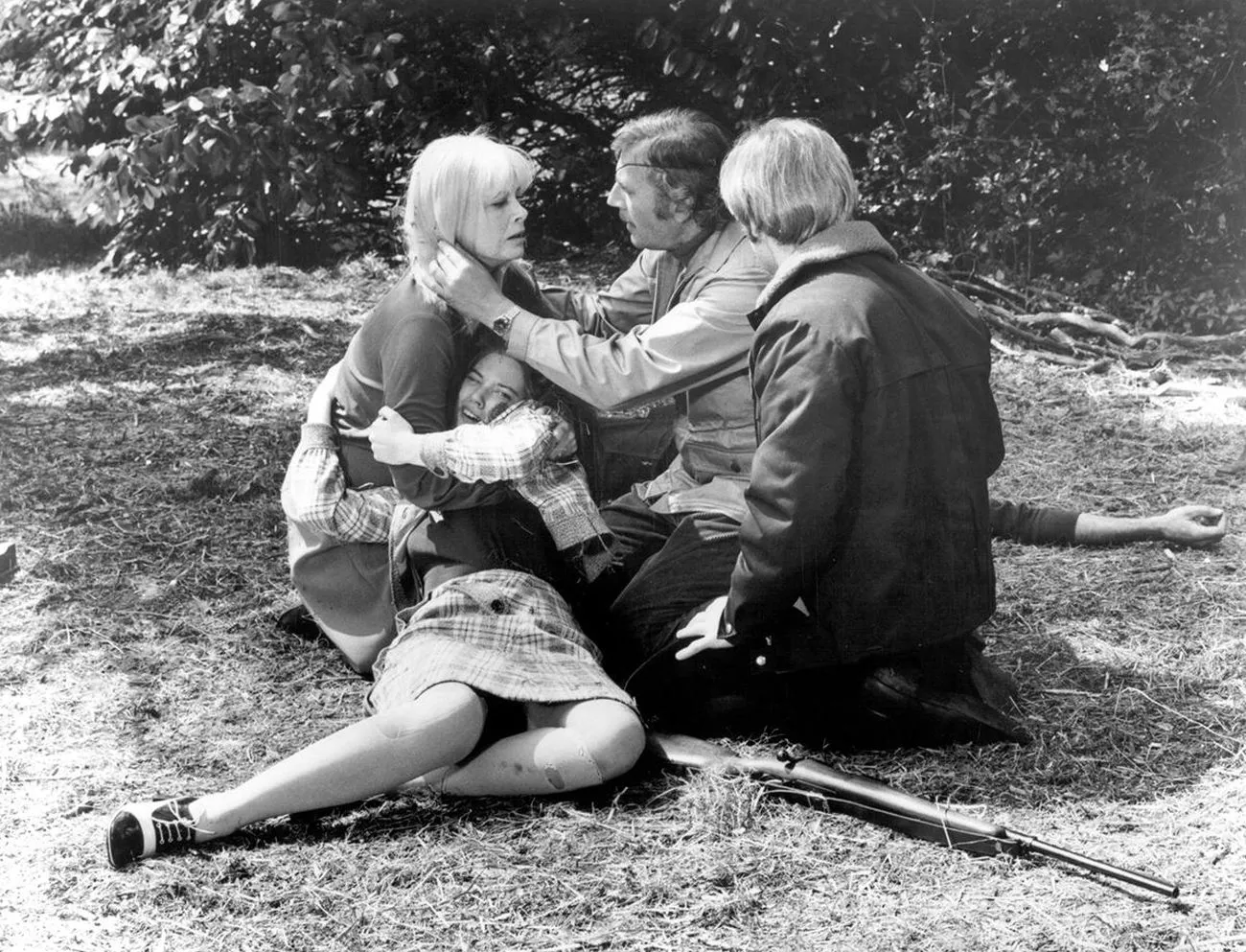 Source: Screenshot via Metro-Goldwyn-Mayer
Source: Screenshot via Metro-Goldwyn-MayerThe Blood of Heroes (1989)
Writer David Webb Peoples and actor Rutger Hauer are known for their work on the 1982 masterpiece Blade Runner. However, the two collaborated on another excellent science fiction film – 1989’s The Blood of Heroes.
The Blood of Heroes is similar to Mad Max. It’s set in a post-apocalyptic world where a brutal, futuristic game resembling football is played. Rutger Hauer stars as a disgraced former star leading a ragtag group of players to one of the remaining nine cities on Earth for glory and personal redemption. Co-starring actors Vincent D’Onofrio, Delroy Lindo and Joan Chen, this movie is weird, wonderful, and criminally hard to find.
Fans of Blade Runner should pay homage to David Webb Peoples and Rutger Hauer by seeing this largely forgotten movie.
 Source: Screenshot via New Line Cinema
Source: Screenshot via New Line CinemaAlphaville (1965)
Made by French auteur Jean-Luc Godard, Alphaville is about as intellectual a science fiction film as you can find. It is a protest against people who are obsessed with science and logic.
Alphaville takes place in a futuristic world where emotions are obsolete and public exhibition of them is illegal. In plot sees secret agent Lemmy Caution travel to the technocratic dictatorship of Alphaville on a three-tiered mission. First, search for missing agent Henry Dickson. Second, kill the creator of Alphaville. Third and finally, destroy the futuristic city’s dictatorial computer known as “Alpha 60.”
While not your conventional sci-fi movie, Alphaville works. Just as long as you don’t mind English subtitles.
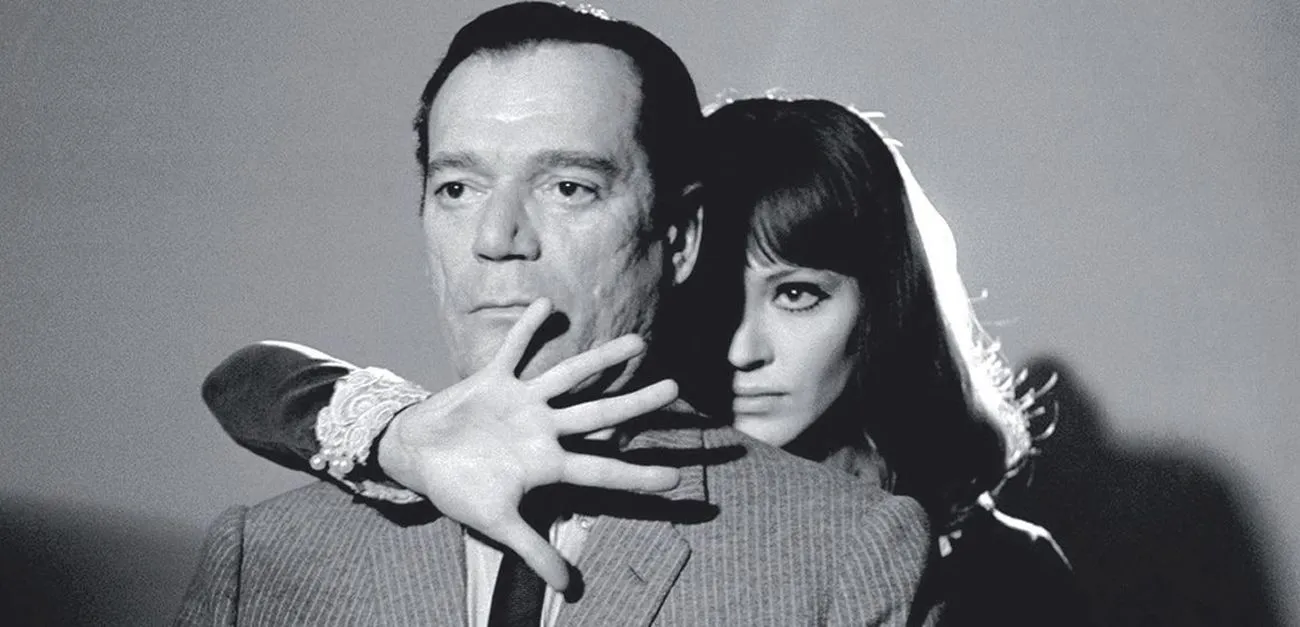 Source: Screenshot via Athos Films
Source: Screenshot via Athos FilmsQuintet (1979)
Given that Quintet was directed by Robert Altman and starred Paul Newman, you would assume that it would be a more mainstream sci-fi film. However, the movie confounded critics when released and ended up leaving audiences cold (pun intended). As a result, Quintet quickly left theaters and fell into obscurity. Despite its failings at release, time has been kind to Quintet.
Paul Newman plays a man named Essex, who is a survivor in a frozen wasteland. Essex lives day-to-day until he is drawn into a mysterious game called “Quintet.” Quintet is a role-playing game, where if you die in the game, you die in real life.
As the director, Robert Altman does a solid job of creating an atmosphere and a constant sense of impending doom. There are long stretches in Quintet where nothing happens before the screen is punctuated with action and violence. As the star of the movie, Paul Newman gives a tightly coiled performance full of nerves and raw instinct.
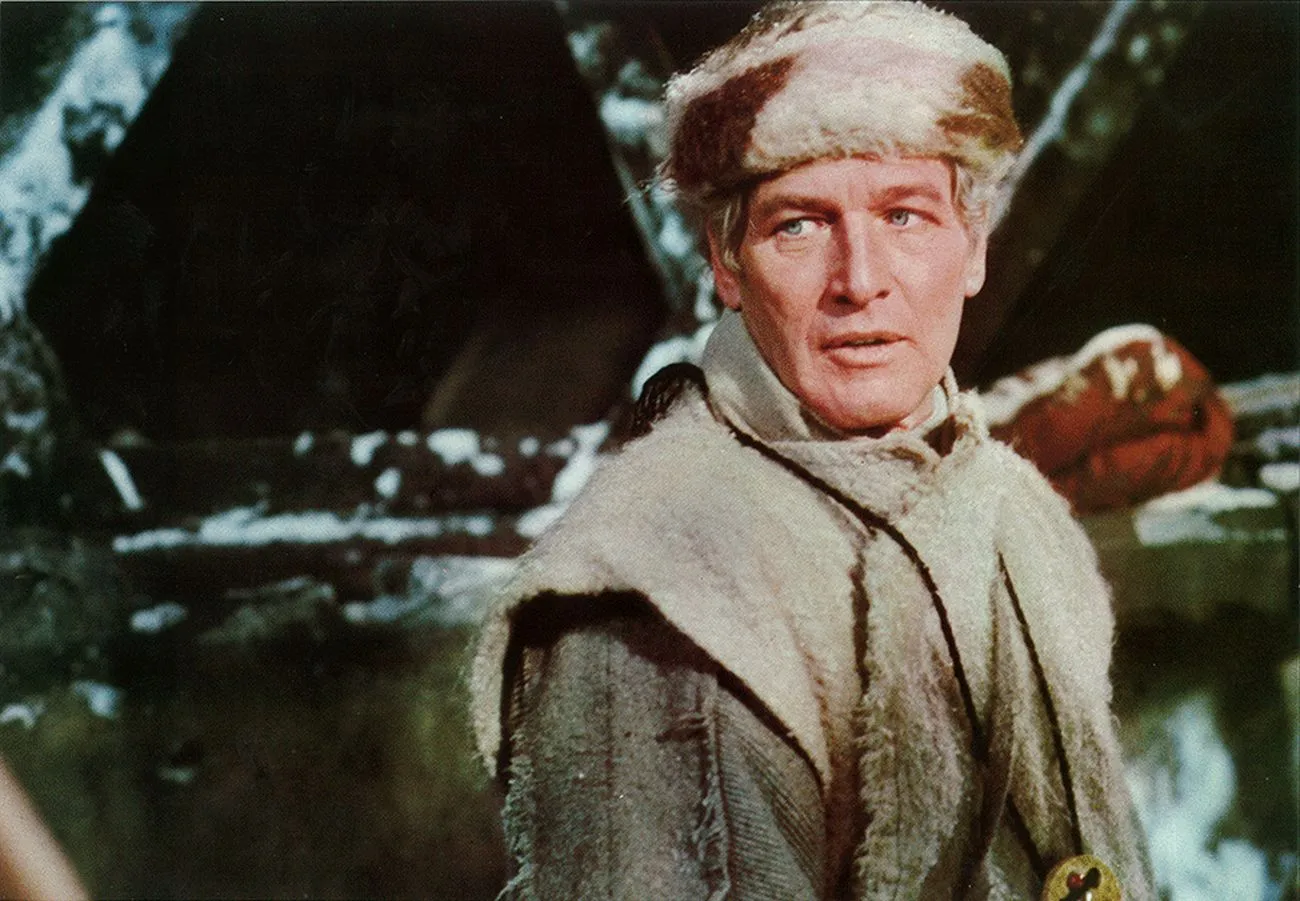 Source: Screenshot via 20th Century Studios
Source: Screenshot via 20th Century StudiosThe Terminal Man (1974)
Written by author Michael Crichton (Jurassic Park, The Andromeda Strain), The Terminal Man stars George Segal as Harry Benson. Benson is a genius computer programmer who suffers from seizures that cause him to act violently. To curb his violent tendencies, Benson volunteers to have a tiny computer implanted in him to control his behavior. However, Benson enjoys the sensation of being calmed down. So much so that he starts instigating more violent seizures to experience the calming down effect more often.
Directed by Mike Hodges, The Terminal Man was poorly received upon release. Despite the poor reception, the film has aged well.
 Source: Screenshot via Warner Bros.
Source: Screenshot via Warner Bros.Dark Star (1974)
In Dark Star, we see the seeds of the movie that would become Alien. In fact, Dan O’Bannon, who both wrote and acted in Dark Star, went on to write the screenplay for Alien. Both films are about a crew in deep space having to contend with an alien creature on board. The key difference is that Dark Star is played for laughs, instead of horror.
As the first full-length film to be directed by genre legend John Carpenter, Dark Star is a low-budget sci-fi movie about four astronauts in deep space. Their mission is to destroy unstable planets in star systems that are to be colonized. As their mission nears completion, the astronauts must deal with a runaway alien on their ship that resembles a beach ball, a faulty computer system, and a smart bomb that thinks it’s God. If this sounds weird, it is because it is weird.
Dark Star is kind of a stoner sci-fi film. Well, the movie’s tagline is “The Spaced Out Odyssey”.
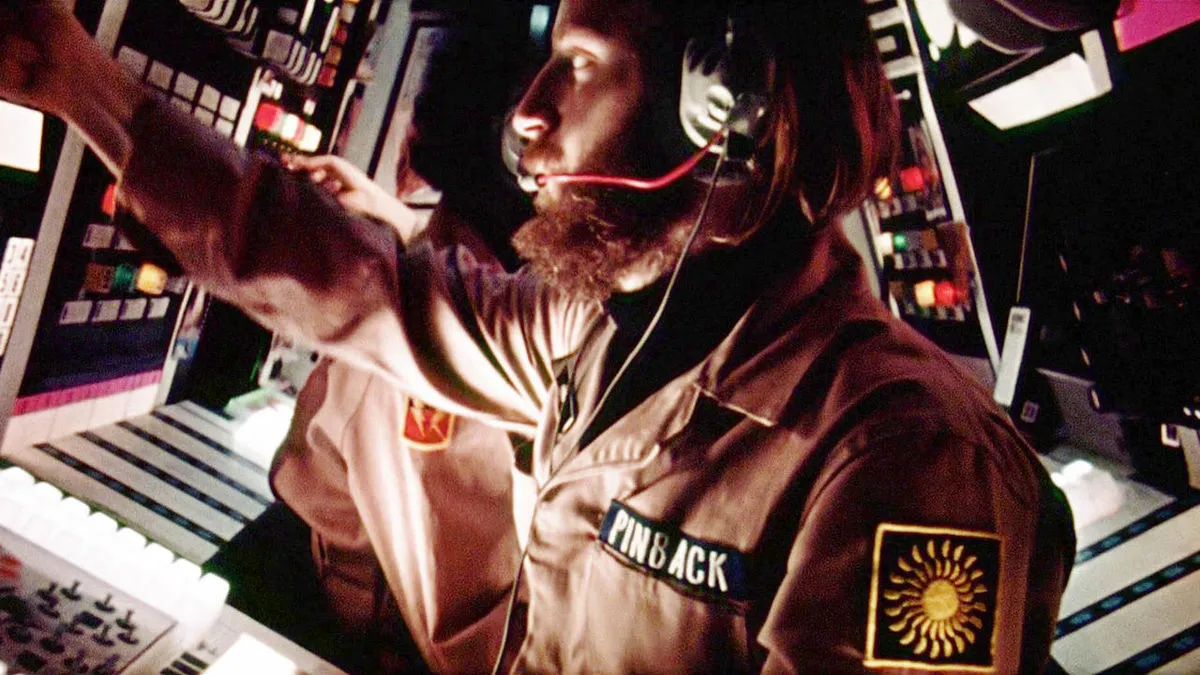 Source: Screenshot via Bryanston Distributing Company
Source: Screenshot via Bryanston Distributing Company